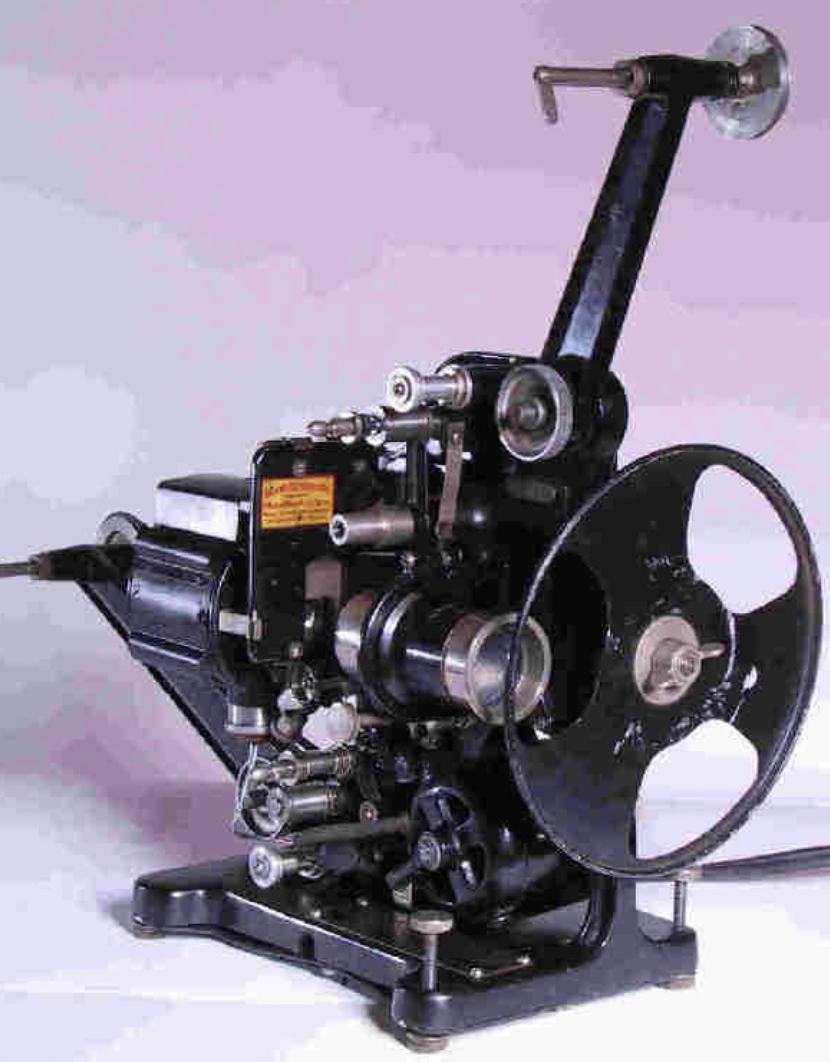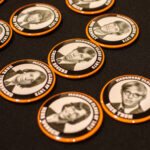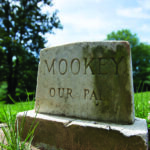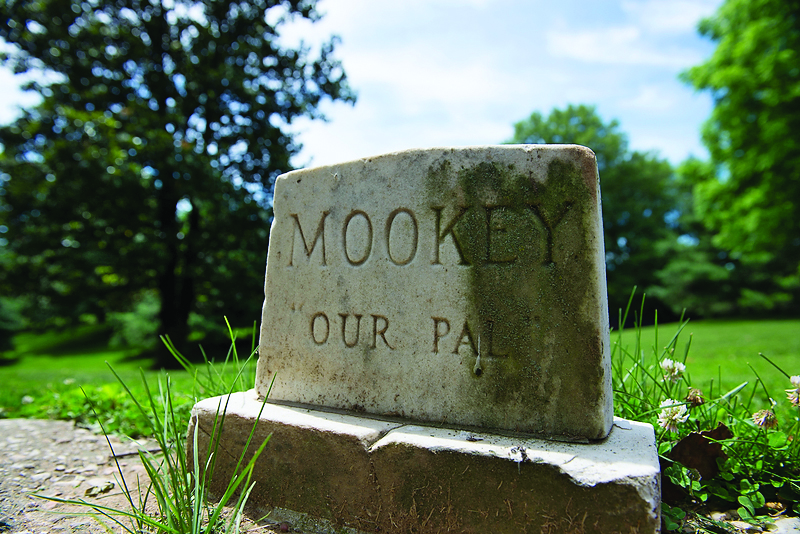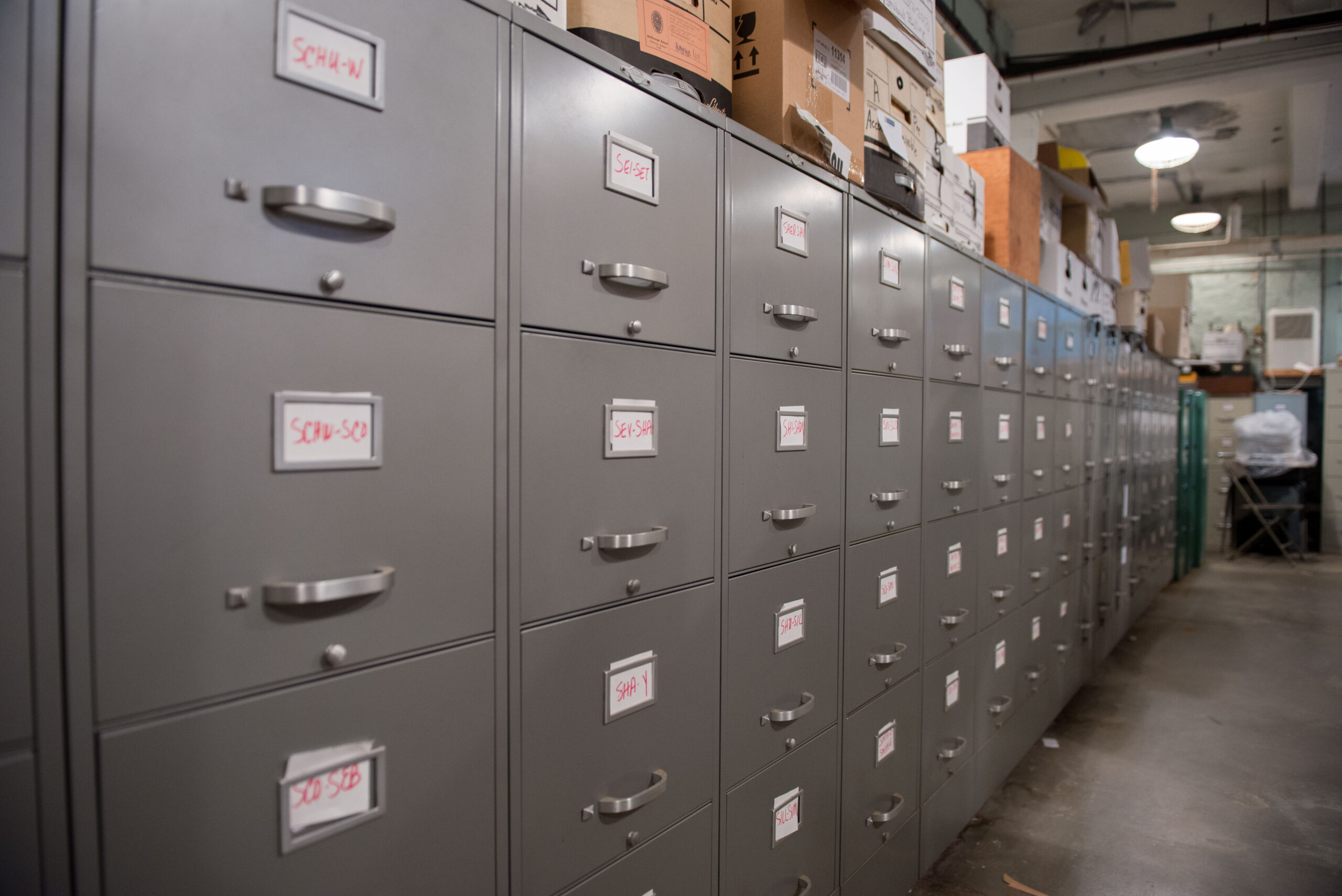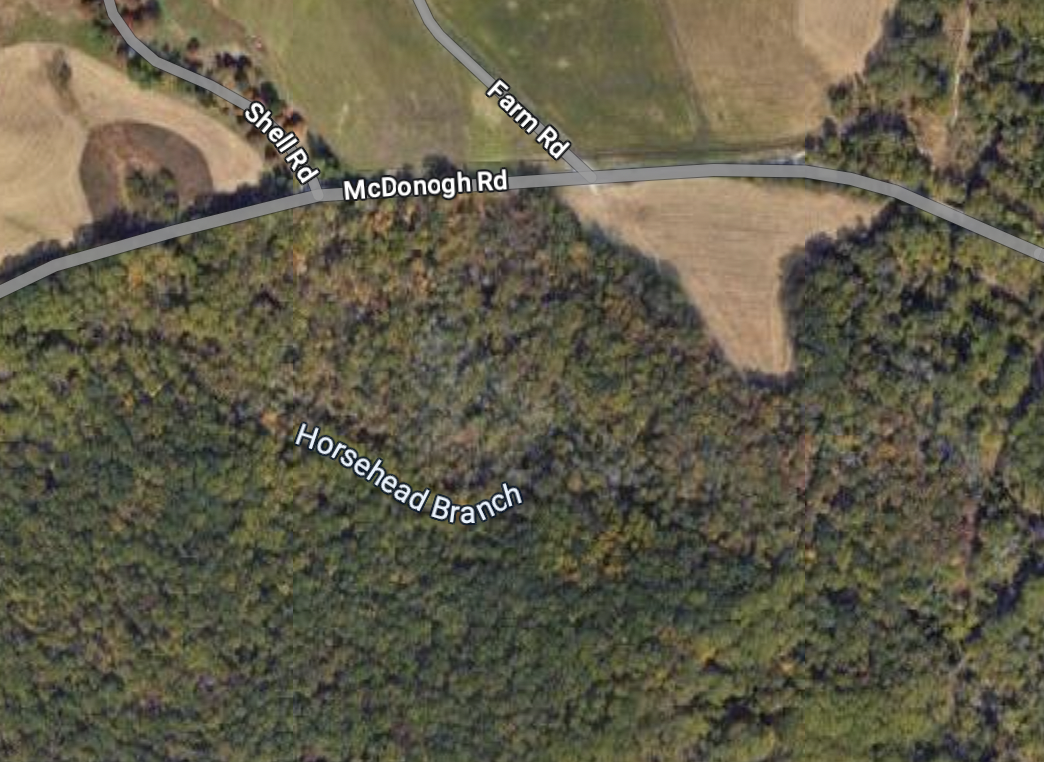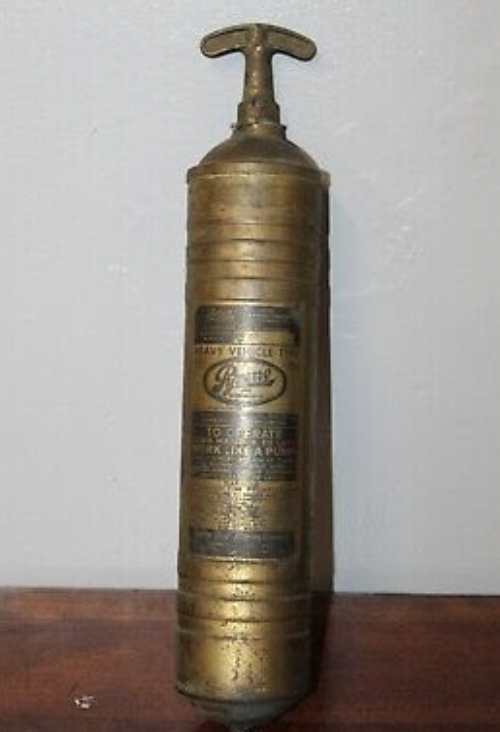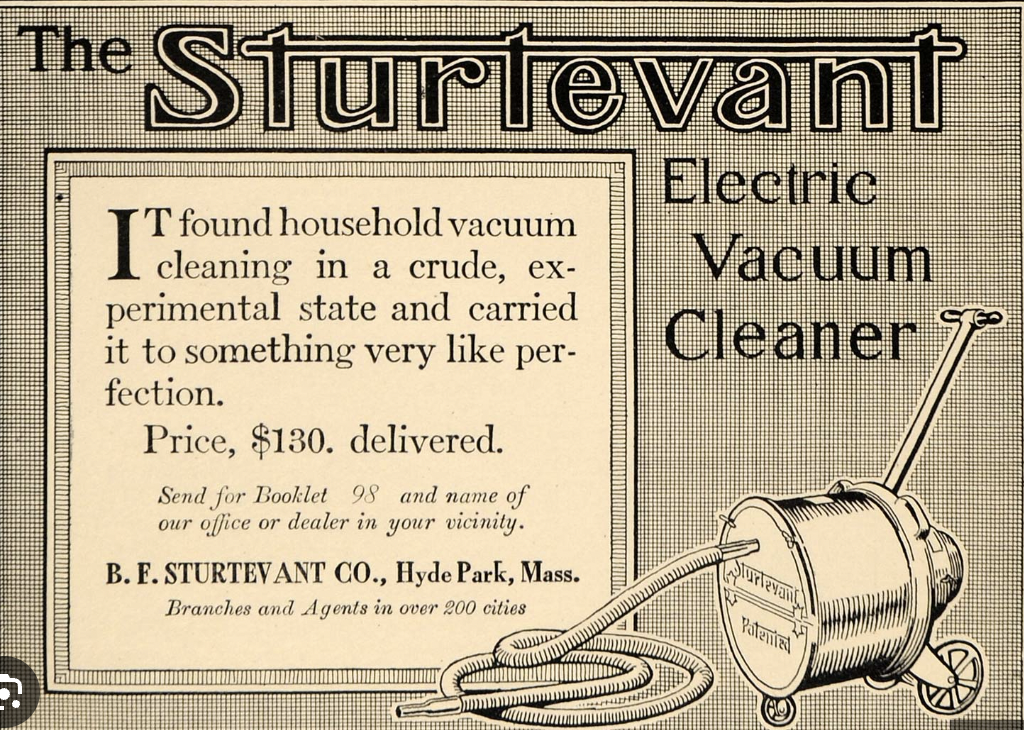When innovations came to McDonogh, it was big news and The Week was there to cover it. Here’s a sample:
- 1874: The board decides to buy 3 fire extinguishers.
- 1891: Incandescent lights began to replace gas lights throughout the School.
- 1905: On October 7 at 5:12 p.m., the first electric lights with power coming from a central power station were turned on.
- 1907: The board insisted that every boy receive a new bed at the cost of $3.50 each.
- 1911: Principal Moreland paid $65 for “The Richmond,” the School’s first vacuum cleaner. That same year, the first sanitary drinking fountain was added, and a dentist was hired on a yearly contract.
- 1915: A “refrigerating machine” and large storage box were installed. “Talk about being up-to-date, we are it,” an article in The Week said. “We have eliminated the old sloppy and unsanitary system of using natural ices to cool our food stuffs. The Machine makes about 250 pounds of ice per day. The Storage Box is large enough to take care of our milk, butter, eggs, vegetables and cooked meats.”
- 1915: Principal Morgan Bowman bought a pathescope picture machine and screen from the Green Spring Valley Hunt Club for $80, using money from the sale of things made by the boys in the wood shop. It costs $1.50 a night to rent five long reels.
- 1915: “Last week the dish washer came. Three plumbers worked all night and had it ready for use in the morning. All you have to do is to put the dishes in a basket, close the top, and they are dry a few minutes after taking them out,” read an article in The Week.
- 1948: A Coke machine, a senior privilege, was installed in the original Jane Bay dorm.
- 1974: Air conditioning, long-resisted as a symbol of self-indulgence, works its way into the main administrative offices.
- 1983: A computer system, Digital PDP 1134, was acquired for use by the administration and faculty to handle account records, curriculum development, and admissions information. It was also used as a word processor for correspondence and billing. Eventually, it was utilized for scheduling, grading, statistics, and to store data about the student body.
